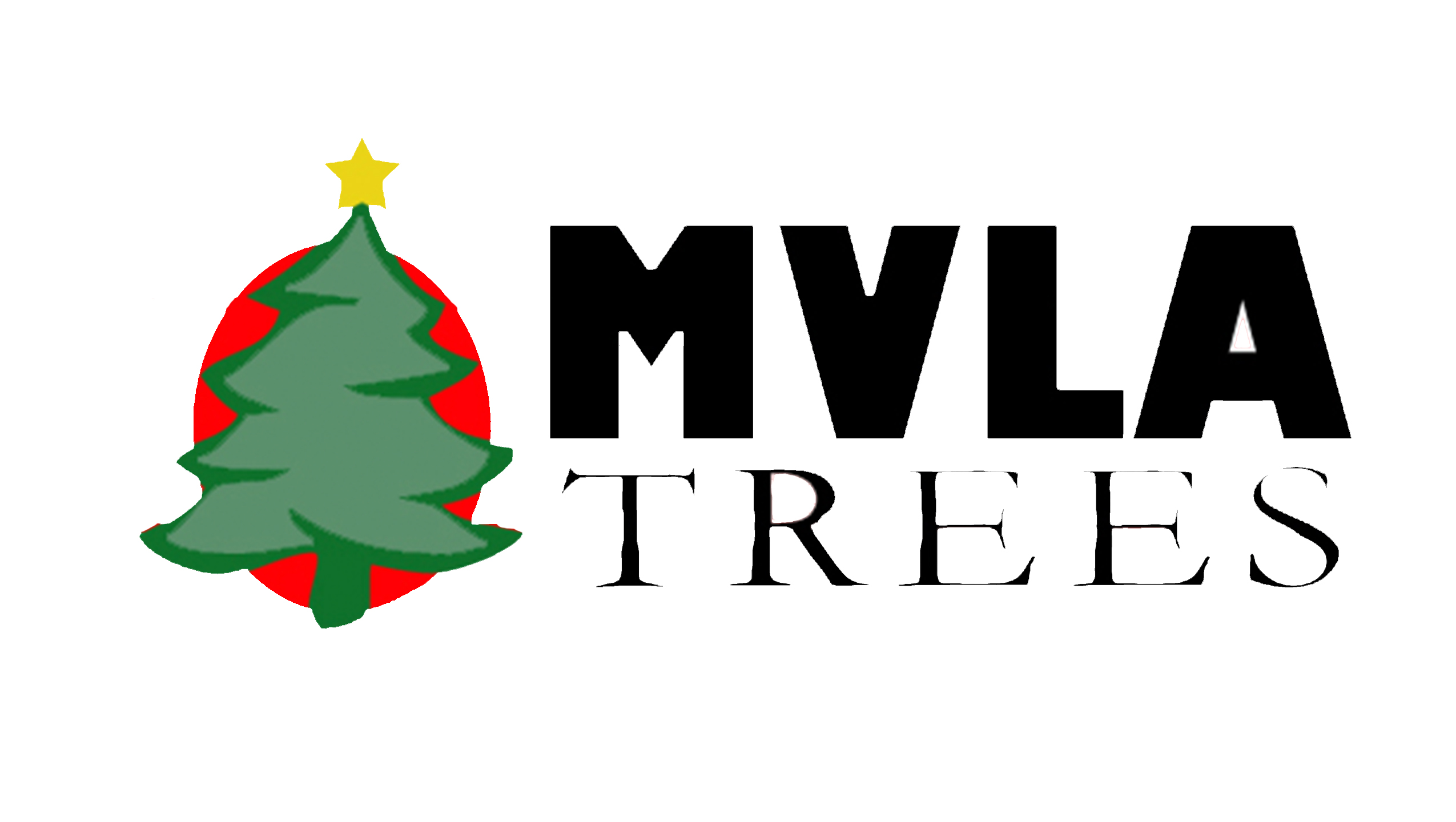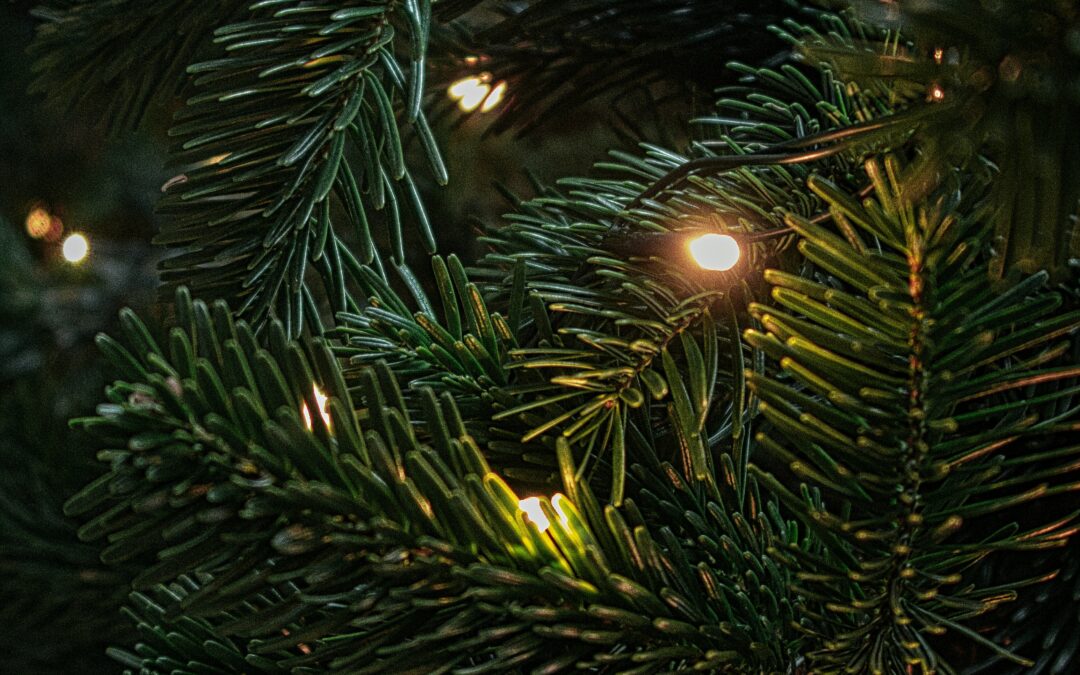Where do they come from?
Most fake trees (85%) in the U.S. are imported from China. Almost 10 Million fake trees were sold worldwide in 2003. The U.S. Commerce Dept. tracks the Import of Fake Trees
What are the factories like where they’re made?
As noted in the Washington Post, “On the concrete floors of Zhang’s Shuitou Company factory, migrant workers, most earning about $100 a month, squat in front of hissing machinery as they melt chips into moldable plastic…”
Click here to learn more from the National Christmas Tree Association.
What are fake trees made of?
Most artificial Christmas trees are made of metals and plastics. The plastic material, typically PVC, can be a potential source of hazardous lead. Read a warning about them from the Center for Environmental Health.
Why do some artificial trees carry a warning label?
The potential for lead poisoning is great enough that fake trees made in China are required by California Prop 65 to have a warning label.
Read more about the effects of lead poisoning.
Lead poisoning can cause irreversible brain and nervous system damage in children, as well as autism-like symptoms, ADD/ADHD, lower IQ scores, violent behavior, and seizures, among other things.
Why did the USDA quarantine some artificial trees?
Some fake trees have a wooden center pole. In 2004, the U.S. Department of Agriculture placed a quarantine on fake trees from China, which had a potentially harmful beetle in the center pole.
Who decided to make a fake Christmas tree?
Actually fake trees were invented by a company who made toilet bowl brushes, the Addis Brush Company. Regardless of how far the technology has come, it’s still interesting to know the first fake Christmas trees were really just big green toilet bowl brushes. Read the article about popular products that orginated from Christmas.
Are fake trees really fireproof?
Overloaded electrical outlets and faulty wires are the most common causes of holiday fires in residences—these are just as likely to affect artificial trees as Real Trees. Here is an article from the Regulatory Review: “Are Artifical Christmas Trees Safe?”
In 2004, the Farmington Hills Fire Department in metropolitan Detroit conducted a test of how real and artificial trees react in a house fire. The artificial tree, which was advertised as “flame retardant,” did resist the flames for an amount of time, but then was engulfed in flames and projected significant heat and toxic smoke, containing hydrogen chloride gas and dioxin.
Are fake trees better for the environment?
As mentioned before, most artificial trees are manufactured in China and contain PVC (polyvinyl chloride). In fact, artifical Christmas Trees were recently added to the Center for Health, Environment & Justice’s list of household products containing PVC. Here’s an article about Why you should avoid PVC products.
According to the Children’s Environmental Health Network, the manufacture of PVC creates and disperses dioxins, which include the most toxic man-made chemical known. Released into air or water, dioxins enter the food chain, where they accumulate in fatty tissues of animals and humans, a potential risk for causing cancer, damaging immune functions and impairing children’s development.
This issue is especially concerning due to China’s weak enforcement of environmental regulations. Council on Foriegn Relations recently addressed China’s environmental crisis in this article.
Visit The Lot
Hours
Opening the day after Thanksgiving!
Weekdays: 3:30pm – 8:00pm
Weekends: 9:00am – 5:30pm
Location
749 West El Camino Real
Mountain View, CA 94040
Corner of Castro & El Camino
Chase Bank Parking Lot (next to Clarke’s)

